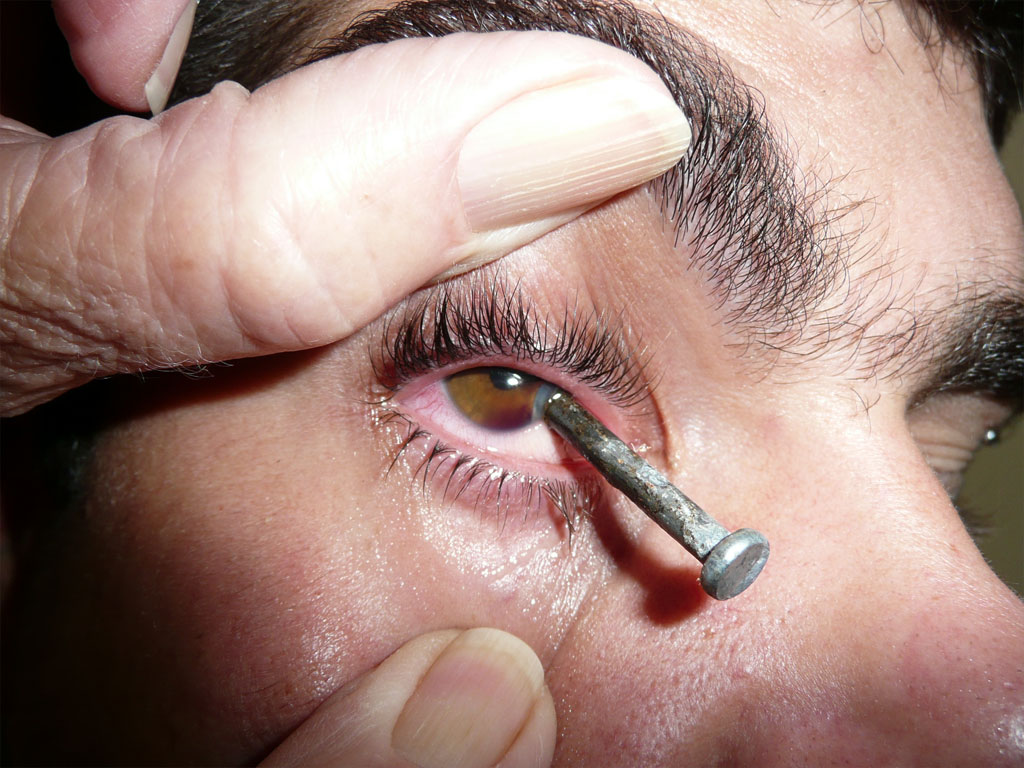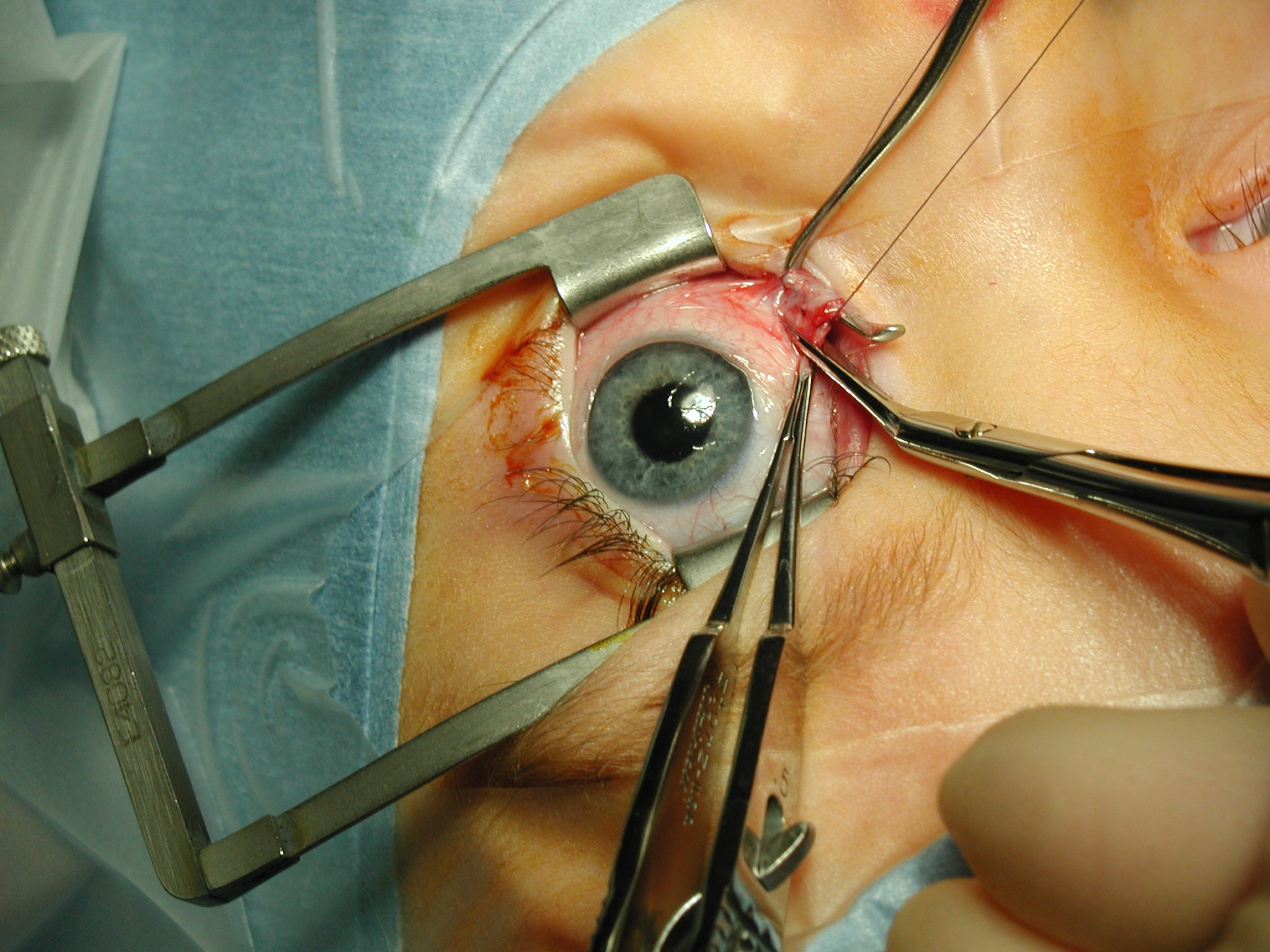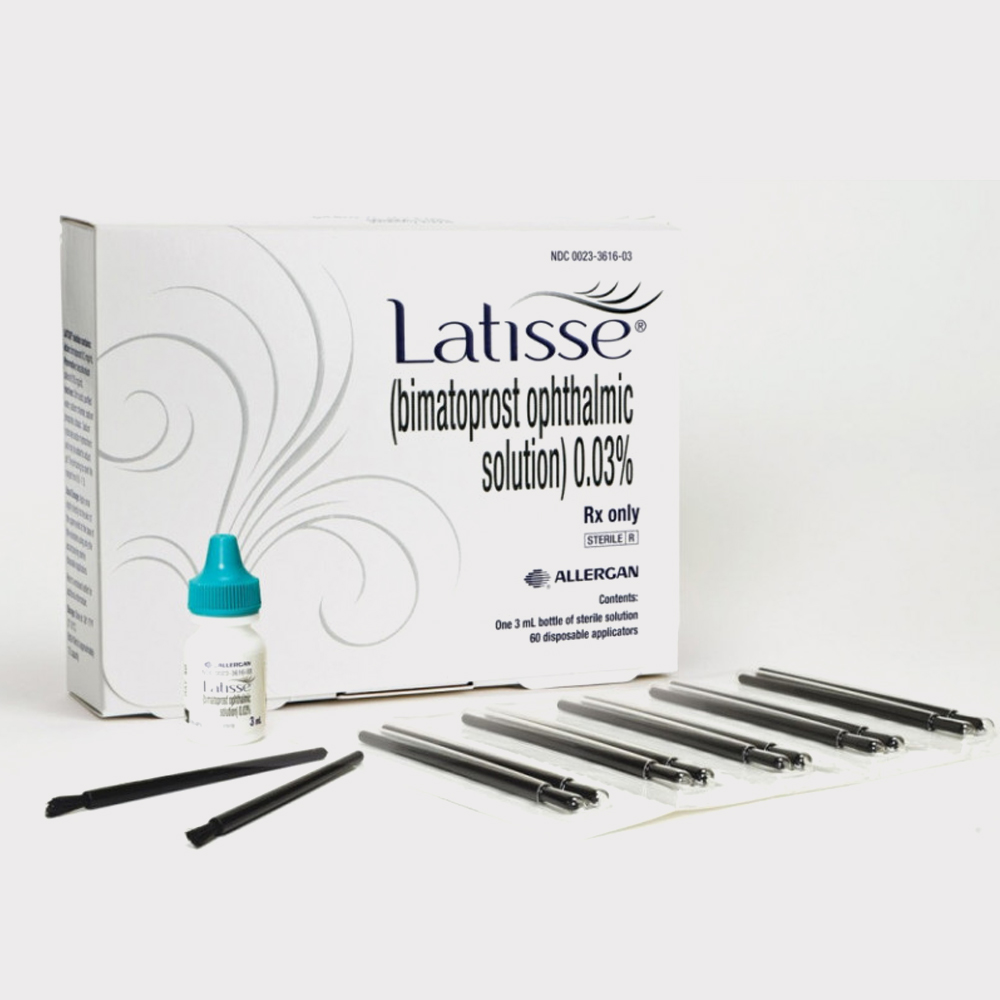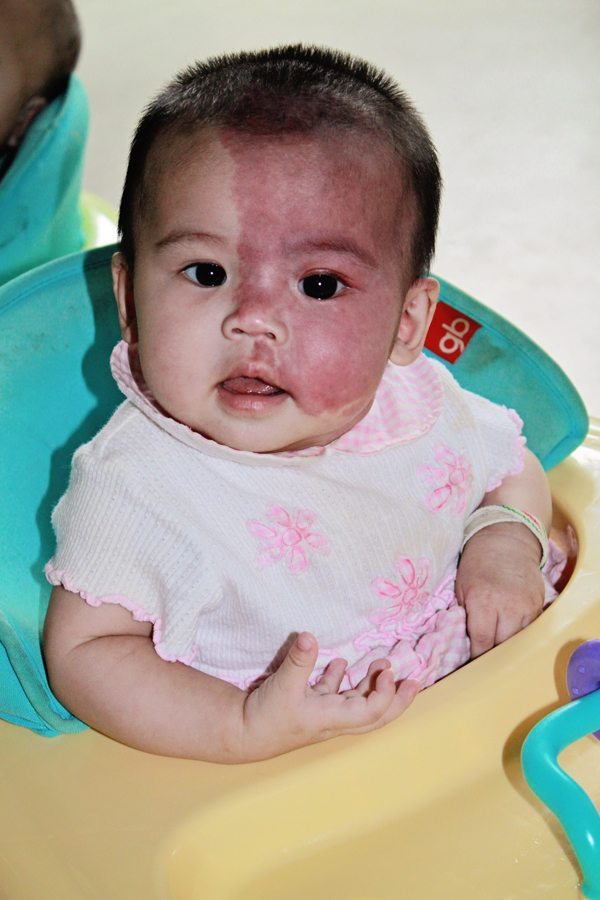



As already mentioned, most cases of heterochromia are benign. An infant can be born with benign heterochromia, or it can become apparent in early childhood as the iris attains its full amount of melanin. These types are called congenital heterochromia.
Usually, congenital heterochromia is a genetic trait that is inherited. Benign heterochromia also can occur as the result of a genetic mutation during embryonic development. In some cases, heterochromia is a symptom of another condition that's present at birth or develops shortly thereafter. One example of a condition that causes heterochromia is Horner's syndrome.
This is the combination of a constricted pupil, partial ptosis and loss of the ability to sweat on half of the face, all caused by an interruption of certain nerve impulses to the eye. Heterochromia that develops later in life is called acquired heterochromia. Causes of acquired heterochromia include eye injuries, uveitis and certain glaucoma medications. Latisse, a repurposed glaucoma medication now used primarily as a cosmetic agent to thicken eyelashes, also can cause the iris to change color.
When a person gets heterochromia later in life, this is called acquired heterochromia




In most cases, children born with heterochromia will experience no other symptoms. They do not have any other problems with their eyes or general health. However, in some cases heterochromia can be a symptom of another condition.
| Piebaldism | Sturge Weber Syndrome | Bourneville Disease | Bloch Sulzberger Syndrome |
|---|---|---|---|

|

|
 |
 |